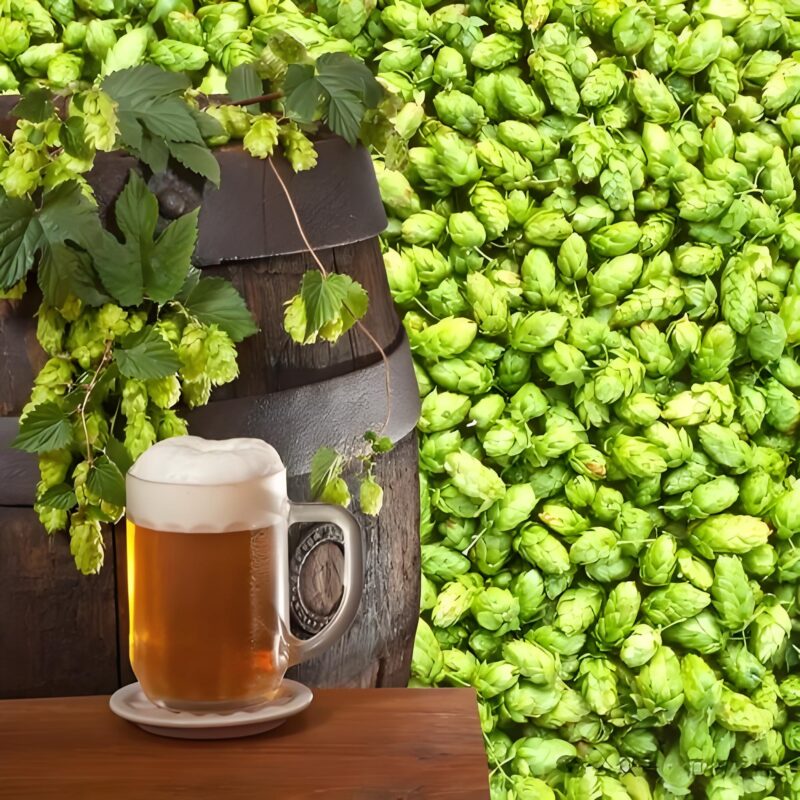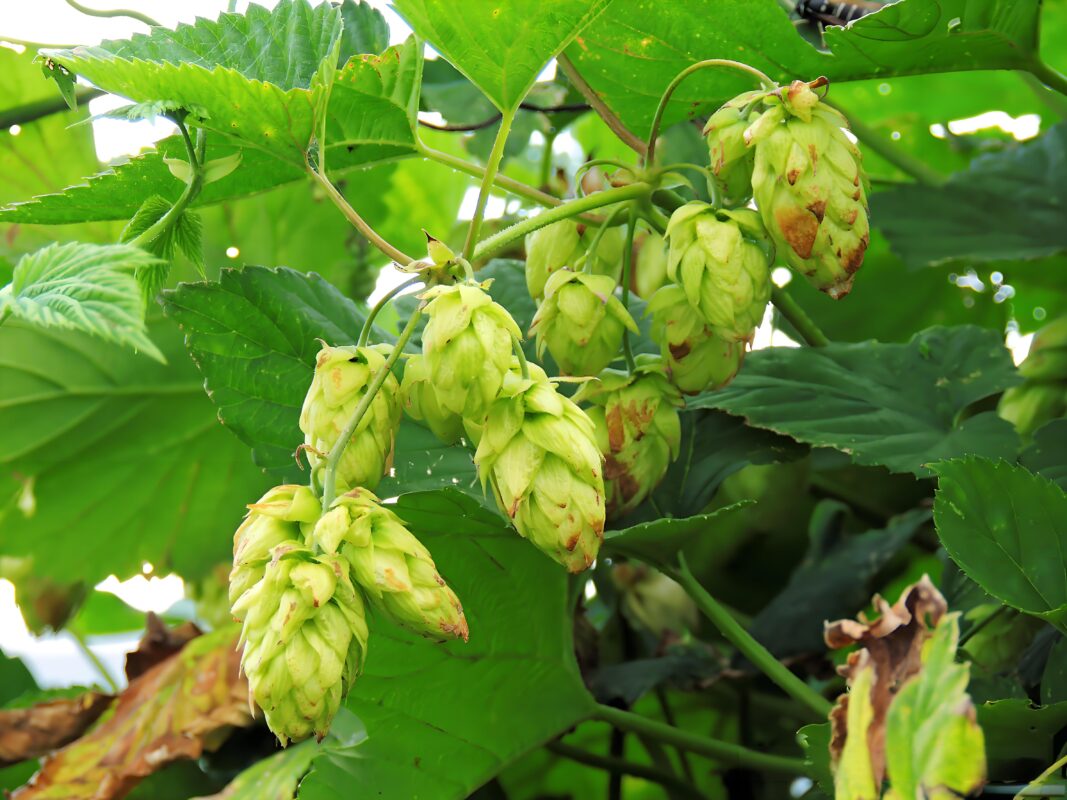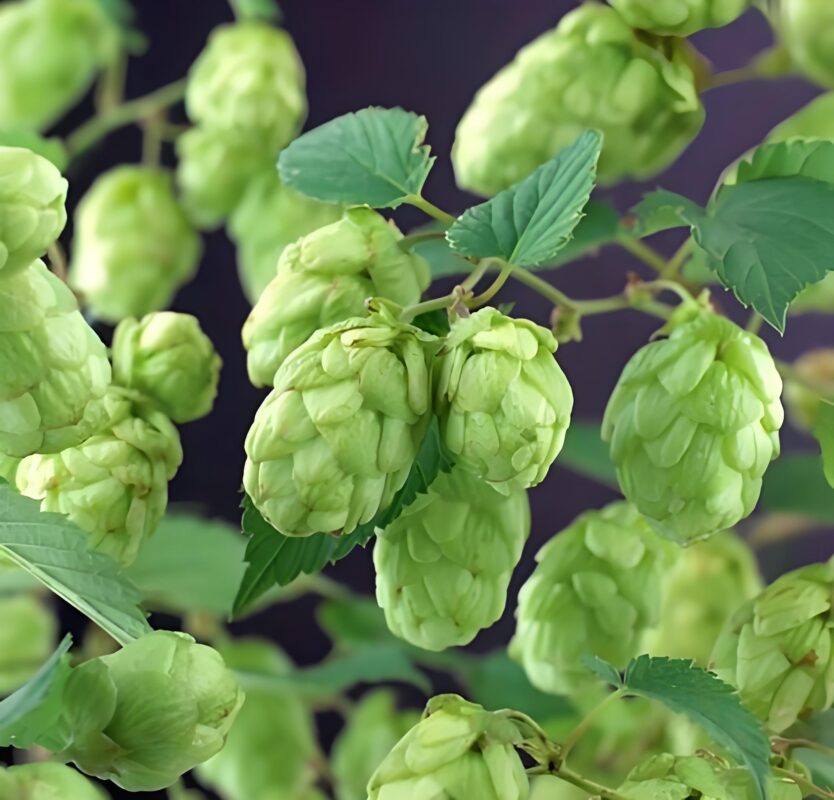Many friends in the beer industry are interested in the specifics of beer production. Below is a summary of hop addition methods and processes for those who wish to learn more.
Hop addition methods mainly include the following:
Dry Hopping:
Adding hops to the fermenter during the later stages of primary fermentation, allowing them to steep for a period to impart pronounced hop aroma. This technique was commonly used by British brewers and later popularized by American craft breweries and homebrewers.
Early Boil Addition:
Adding hops at the beginning of the wort boil maximizes alpha acid isomerization, yielding the highest bitterness. Aromatic oils largely evaporate, resulting in weaker aroma but prominent bitterness. Ideal for styles like IPA that emphasize bitterness.
Mid-Temperature Addition (70–80°C):
Adding hops after boiling ends but before cooling (often called “Knockout Hopping”) balances bitterness with enhanced aroma. Suitable for styles requiring harmony between bitterness and aroma, such as American Pale Ale.
Low-Temperature Addition (Late Fermentation, ~20°C):
Dry hopping in the fermenter at low temperatures avoids heat exposure, maximizing retention of aromatic oils and significantly boosting aroma complexity. Results in intense floral/fruity notes with lower bitterness. Ideal for aromatic styles like New England IPA (NEIPA).

Triple Dry Hopping:
Adding large quantities of hops in multiple batches during late fermentation maximizes aroma retention while minimizing bitterness. Creates intensely fruity/floral beers with smooth bitterness, contrasting sharply with traditional IPAs.
Bright Tank Addition:
Placing hops in a bright tank (pre-filtration) and transferring beer onto them post-filtration extracts raw hop aromas and flavors.
Hop Bag Usage:
Hops can be added in bags made of odor-free, breathable material to ensure contact with wort/beer while allowing solubles to infuse.
Manway Addition (Tank Midsection):
Hop bags are placed near the fermenter’s manway for easy removal after emptying.
Top Addition (Tank Head):
For top-side dry hopping, bags are added via the top manway or dedicated port. Modern dry-hop devices (typically 2–6L) allow pressurized, oxygen-free additions via a butterfly valve, preventing CO₂ loss, beer overflow, or contamination. (Image)
These methods can be selected based on beer style and target flavor profile to achieve optimal results.

Hop Addition Methods by Beer Style
Different beer styles suit different hop addition approaches:
IPA (India Pale Ale):
Early Boil: For bitterness-focused IPAs (maximizes isomerization).
Dry Hopping: For aroma-forward styles like NEIPA.
Multi-Stage Additions: Combined methods (e.g., bittering + dry hop) enhance hop character.
American Pale Ale:
Mid-Temp (Knockout): Balances bitterness and aroma.
Aroma-Forward Beers (e.g., NEIPA):
Low-Temp Dry Hopping: Maximizes aromatic oil retention for complex layers.
Other Styles:
Late Boil (5–15 mins): Adds hop flavor with moderate bitterness.
Whirlpool Addition: Added post-boil/pre-cooling; contributes flavor with minimal bitterness.
Each beer style has unique characteristics and flavor goals. Selecting the right hop addition method helps brewers achieve the desired profile.

craft beer is specially brewed according to taste. You can hardly find two craft beers that are exactly the same because of the variety they offer. Craft beer also often varies by season, whether in winter, fall or spring, you can get craft beers made primarily for that season.
Craft brewery equipment is well-suited for craft brewers who want to produce high-quality, small-batch beers with precision and creativity. Whether you’re a homebrewer looking to scale up your operation or a professional brewer starting a small brewery, microbrewery equipment provides the tools and flexibility needed to produce unique and delicious craft beers.When determining your investment costs, we offer a range of equipment options and financing solutions tailored to brewery needs, ensuring a smooth startup and operational launch.
HGMC’s 23 years in modern brewing, 5,000+ built breweries, and a full range of services from design to after-sales support make it a reliable choice for brewers who want results without worry.
3000L Brewery Equipment
2000L Brewery Equipment
1000L Brewery Equipment
800L Brewery Equipment
300L Brewery Equipment
